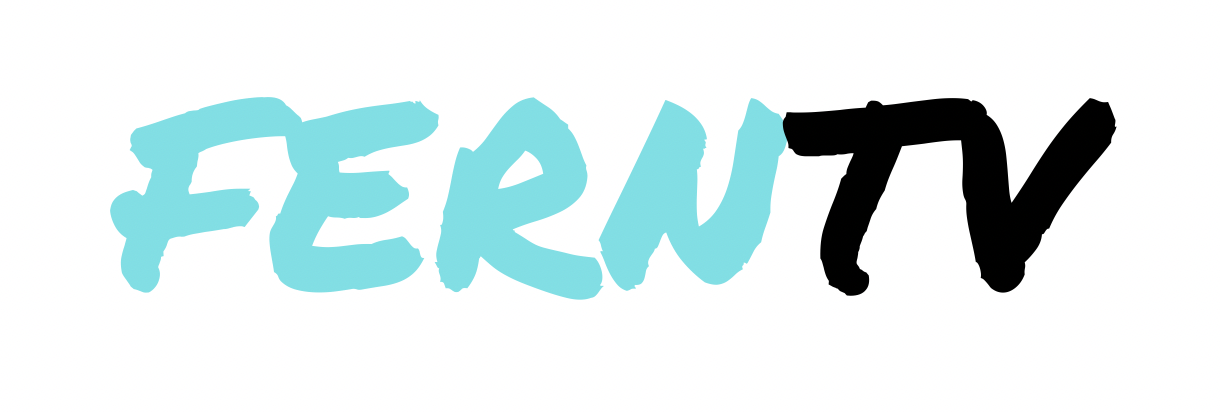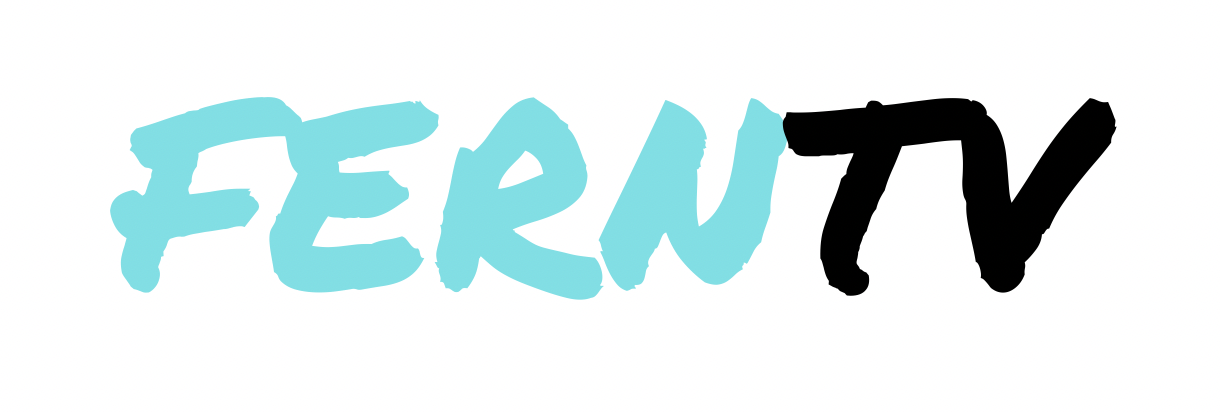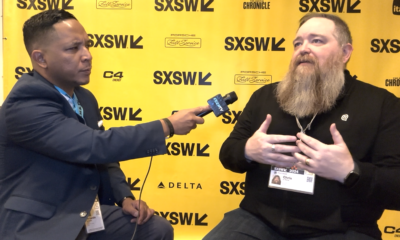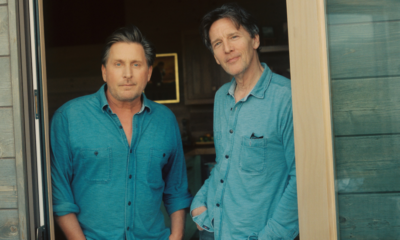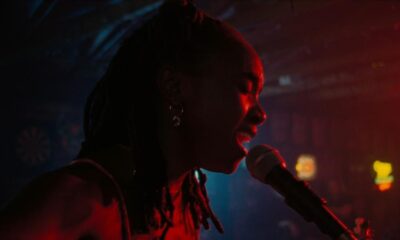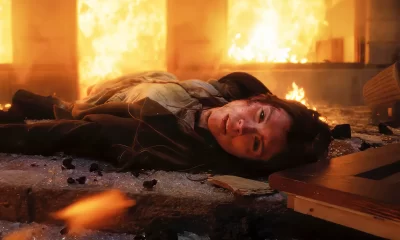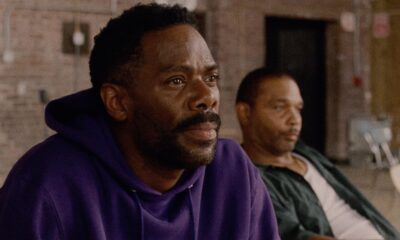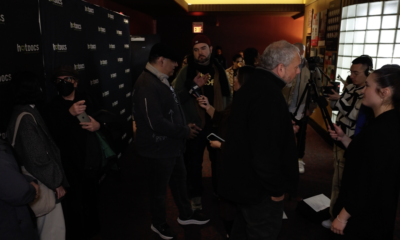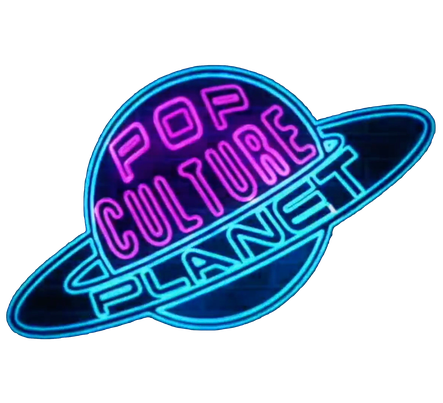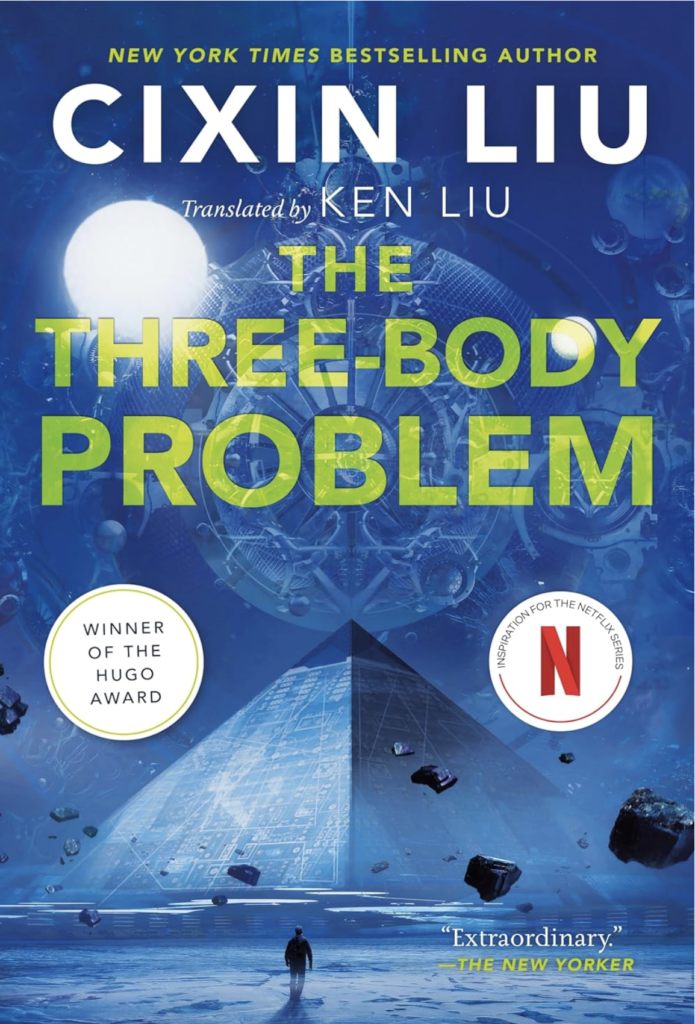DOCUMENTARIES
LISTENING TO THE ECHOES OF THE INVISIBLE
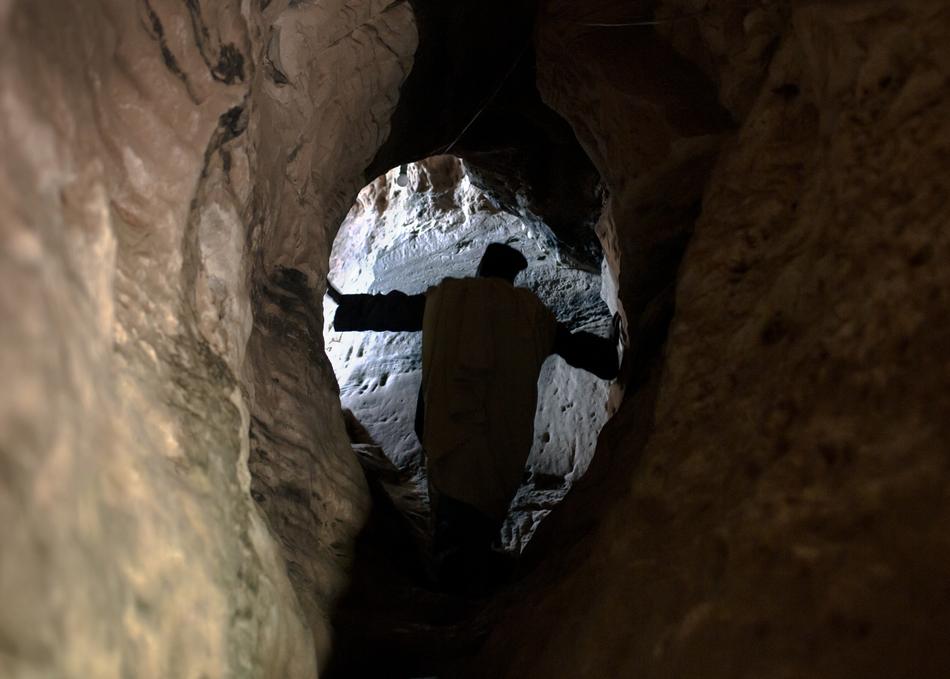

As you grow older as a film journalist you begin to gain a profound appreciation of the sacrifices that many documentary directors put into their films. Some projects take almost a decade to complete and you can only imagine the sacrifices these directors have to make to get their message across in their films. This holds strong for director Steve Elkins’ film Echoes of the Invisible which focuses on daring explorers all across the earth who try to discover the relationship man has with the seen and unseen. From a blind man who runs across Death Valley in unbearable hot temperatures to a photographer who retraces the oldest living organism to a journalist who takes a 21,000 mile journey to monks who travel to the far reaches of the earth, Steve Elkins discovered these explorer’s true passion of reaching that invisible quest. Which is the truth that does not necessarily mean that it would set them free but rather set them apart from those who do not thirst for the knowledge that man needs to know about their relationship with themselves, others and this planet. To bring this documentary to you, Steve Elkins had to go through some uncharted territory that even put his own life in danger. FERNTV spoke with him about Steve Elkins’ passionate investment that brought him a timeless return that cannot be calculated.
FERNTV: How were you able to select the subjects you chose for this film? There were probably others that you wanted to document but what led you to boil it down to those that were in this documentary?
Steve: In almost every case, places guided me to my subjects. A trip to India in 2005 was where I first discovered the Buddhist monks who travel across entire countries on foot by flattening themselves face-first on the ground in between every step, through brutal climates and terrorist uprisings, to better understand the nature of the human mind. Exploring the deserts of New Mexico led me to the astronomers struggling to gain a deeper understanding of our place in the universe, both there and in the driest desert on Earth, high enough in the Chilean Andes that they require oxygen masks to breathe. Camping near Furnace Creek, one of the hottest places on Earth, led me to learn about the Badwater Ultramarathon: a 135-mile run across Death Valley every July when temperatures can reach 130 °F. Attempting to film the runners (and being denied) turned out to be a gift because that’s how I discovered the marathon was inspired by a blind man who originally ran that route alone: Al Arnold. I tracked him down, and he became one of the central subjects of the film. A labyrinth of connecting themes began to emerge from this tapestry of people and places.
Then in 2014, I met Rachel Sussman at LACMA, where I learned that she had travelled to many of these same extreme environments. Not to seek out the scientists, monks and athletes that I had, but to photograph the mysterious organisms that had been continuously living in those places anywhere from 2,000 to 500,000 years. It was immediately clear that her work illuminated deeper layers of meaning in the themes I was already exploring and allowed me to expand them. The final piece of the puzzle came to me in a very peculiar way. My close friend Ted, who accompanied me during production in Siberia, Ethiopia and Mt. Whitney, self-publishes a handmade zine. Its pages are filled with his symbolic sketches of inspiring people who have reimagined what it means to be profoundly and creatively alive; a kind of atlas of wonder in which you’ll find Iranian filmmakers, Hungarian mathematicians, experimental Chinese architects, Inuit sculptors, Ethiopian musicians, Icelandic novelists, a French postman who built a palace out of rocks he collected for 33 years on his postal route (Ferdinand Cheval).
You just never know what you’re going to find. One day when I was filming in Tuva, I landed on a page that caught my attention: a portrait of a man whose face was a map of the world, Paul Salopek. Curious to know the story behind Ted’s drawing, I did a little research and had a hallelujah moment. Paul’s global journey on foot, retracing the migration routes of the first humans who explored the planet, added a kind of climactic harmony to this chorus of extreme undertakings I’d been documenting. Finding a way to reach Paul was an adventure itself, but we hit it off immediately. His graciousness and trust as we worked together enabled the vast mosaic of “Echoes” to feel complete. There were indeed many other amazing people I documented, or wanted to document, but decided not to include in the final cut. The choices were not always easy, as the world is overflowing with incredible people, and a film like this could have gone in so many different directions.
FERNTV: How were you able to get Al Arnold to tell his story at this point in his life and what message do you think he wants to relay to the audience in this film?
Steve: Convincing Al to tell his story was a long process, but it happened because I gradually became his friend. Al originally turned down my attempts to interview him for 9 months. He was working on a massive 7,000-page manuscript he hoped to publish about his life. He wanted to tell his story his way. But I stayed patient and kept in touch. Then in 2011, I was invited to speak at a museum in San Francisco, not far from his home in Walnut Creek. So I asked if I could stop by while I was in town just to spend time with him, and promised not to bring up my film. Regardless of the outcome, it just seemed better to become a human being at his door, rather than an email in his inbox. He invited his neighbours over to meet me, and I learned he had tasked with investigating me on the internet! I don’t know what they found, but whatever it was, it convinced them he should work with me. We popped open a bottle of champagne, talked and laughed for six hours, and by the end, we had sparked a friendship. As I was heading out the door, he asked if I would visit him again in a month, and bring my camera for the interview. And so I did!
I think the central message he wanted to relay to the audience may have been different from mine. For him, it was the journey to prepare for the run, not the run itself, which had the biggest impact on his life. Kind of like Robert Pirsig’s idea in Zen and the Art of Motorcycle Maintenance that it’s the sides of the mountain that sustain life, not the top, because the sides are where things grow. He had many touching stories about his years of preparation. But I was more focused on conveying how his run was a way of grappling with his blindness, his struggle to see in the dark. This connected him to everyone in “Echoes of the Invisible”, whether they’re astronomers, journalists or Tuvan throat singers. There were just too many incredible details of his story to fit into one film. The fact that I cut out a scene about him getting lost on Mt. Whitney after someone stole his eye medication and survival gear, then surviving a sub-zero night on Mt. Whitney wrapped in a trash can liner that some random hiker had given him on the way up, is a testament to that. And so much more. I miss him dearly and wish he had a chance to see the finished film. He passed away in September 2017. One of the hardest parts of our emotionally-charged interviews was keeping my tears quiet enough that they wouldn’t be heard over his.
FERNTV: There were probably many fascinating things that you discovered in your journey in making this film but is there something that you discovered that you never thought you would come across?
Steve: My answers to this question could fill books. But I’ll pick one at random to give you an idea of the kind of rabbit holes this project took me down. When I was in west Texas filming painter Linda Lynch, we were exploring the dunes of her childhood home in the Chihuahuan Desert, a stunningly beautiful place where she grew up riding horses to the surrounding petroglyphs, woolly mammoth rubbings, and sacred Apache sites; precisely where Paul Salopek first conceived of the idea of walking across the globe in the footsteps of our Stone Age ancestors. One day she told me that a 200-foot tall clock was being built inside a nearby mountain, which Brian Eno has designed to chime more than 3.5 million different melodies over the next 10,000 years. At first, I didn’t believe her. But after some research, I discovered it was true. It turns out the 10,000 Year Clock was conceived by Danny Hillis, who built a computer from 10,000 Tinkertoys in the 1980s, and later became central in the development of the world’s fastest supercomputers. But he became increasingly concerned that our dependence on these high-speed technologies was creating pathologically short attention spans and increasingly shortsightedness perspectives. He began to imagine building something that might slow us down, to make us think about caring for something far longer and greater in scale than our short life and fickle attention spans. The Clock will tick once a year, bong once a century and a cuckoo come out once every 2,000 years. And to keep it running that long, generations of people will have to wind it.
It was deliberately built in a remote location far from the nearest road, so it requires a day’s pilgrimage on foot across the desert, followed by a treacherous mountain climb to its hidden entrance. From there, a spiral staircase carved out of the rock of the mountain climbs past its drive system made of stone disks, each the size of a car, to the winding mechanism. If humans survive long enough, it will be an ancient gift to our descendants millennia from now, kept alive by 10,000 years of human hands and energy from the sun. I was stunned at how perfectly the Clock encompassed so many central themes of “Echoes of the Invisible.” So I wound up tracking down the people building it and interviewed Laura Welcher. She’s curating a Library inside the Clock, to get people thinking about what would be worth preserving for 10,000 years. The projects she’s developing for the Library are incredible. A compendium of great literature and a Rosetta disc preserving 7,000 of the world’s languages. Not only because these languages are rapidly dying, but because all languages contain generations of encoded knowledge about how to survive sustainably in different environments and build civilization, not to mention culture.
The Library may also include genetic information on life’s biodiversity, including Stewart Brand’s Revive and Restore project, which is currently in the process of attempting to revive extinct species. Starting with woolly mammoths. The 10,000 Year Library encouraged Laura to start thinking about what archiving will even look like that far in the future. Is it possible to preserve something safely for one million years? She’s been an advisor to the Arch Mission Project, which is already sending critical backups of the information we have on Earth into off-world archives. The original Rosetta disc was launched into space where it harpooned itself onto the surface of a comet it’s still riding through the solar system. At the very moment, I was interviewing her, a 30 million page archive of human history and civilization (including instructions for how to use the 10,000 year Clock) was on its way to the moon. You may have heard about the first Arch Library, installed in the glove compartment of Elon Musk’s cherry red Tesla, which is now orbiting the Sun for approximately 30 million years. But archiving for such astronomically long periods requires technologies beyond what we currently use. So Laura’s now looking into the possibilities of encoding libraries of the future in bacteria or the DNA of passenger pigeons. I mean this was just brain-melting stuff, which would all seem like science fiction if it wasn’t happening while we spoke. I never imagined that making “Echoes” would lead me to these discoveries. But the film was already so jam-packed with amazing narratives, that all this wound up on the cutting room floor.
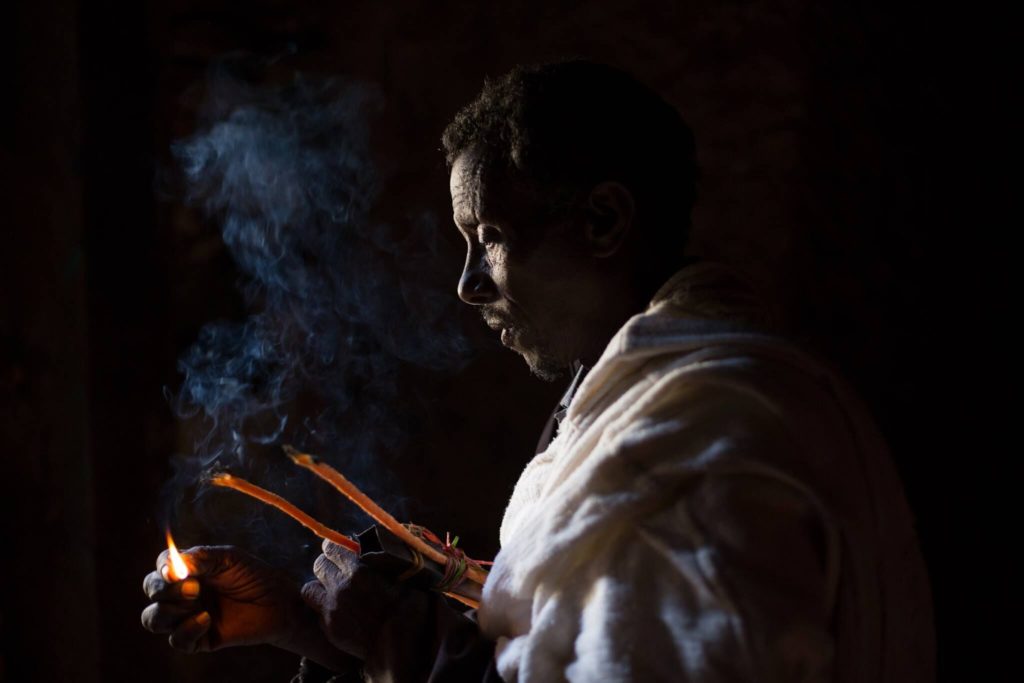

FERNTV: The music in the film is outstanding and is complementary to the stories that your subjects are telling along with it being soothing to the audience. Who was your musical composer and tell us about the experience?
Steve: The score was composed by Ben Eshbach, probably best known as the singer/songwriter of The Sugarplastic. Believe it or not, Ben only began scoring very recently. His profession since he was fourteen has been designing speed equipment for drag racing motorcycle engines. He’s also a philosopher, a magician, a chess master and an encyclopedia of fascinating knowledge about the history of science. It’s largely because of our decades-long friendship that I developed an interest in science at all. He introduced me to many great thinkers that permeated my early research for “Echoes of the Invisible”, including Karl Popper, Thomas Kuhn, Ian Hacking, Helen Longino, Donna Haraway, Peter Galison and Paul Feyerabend (whose anarchistic theory of knowledge fascinated me). Ben accompanied me when I filmed at CERN’s Large Hadron Collider and introduced me to the work of one of my favourite interview subjects, Lorraine Daston (though she’s not in the final cut). Our friendship goes back to the early 2000s when our bands used to play shows together. So working with Ben was an absolute blast, but it wasn’t until the final months of post-production, eight years into the project, that it ever occurred to me to work with him on the music. Originally, I wanted the music to somehow reflect the theme of how human perception changes when we slow down.
My friend David Rothenberg makes field recordings of birdsong, which he drastically slows down until hauntingly beautiful melodies are revealed that normally go by too fast for the human ear to perceive. So I thought it might be fitting to use those recordings as a foundation for the score. Or his musical duets with whales, whose life-spans likewise spark reflection on larger time scales. By the time I began working with Ben Eshbach, I’d begun imagining a different approach that reflected the throat singing I filmed in Tuva. In throat singing, the human throat is used as a microscope to unveil the inner harmonics of sound, just as physicists at CERN’s Large Hadron Collider are looking deep within matter to unveil the building blocks of nature. This would be another way for the music to echo the film’s themes. So I met with Ben to develop a sonic palette. Within a couple of hours, we had a working idea for how the music should sound. In less than a week, he had sent me 40 minutes of stunning composed music that was perfect. We had brief back-and-forths over the next couple of months, refining things here and there. And that was it. It couldn’t have been easier. And I feel like I got an Oscar-caliber score out of it, which isn’t too far fetched: he’s already been awarded some regional Emmys. I should add that there is one other piece of original music that was composed for the film, by my friend Morgan Henderson from Fleet Foxes and Blood Brothers. And I’m fortunate that so many other incredible artists contributed additional music to the film: Jim O’ Rourke, Colin Stetson, Nils Frahm, Julianna Barwick, Pauline Oliveros, John Luther Adams, Hans Otte, Mario Diaz de Leon, Anatoli Kuular, Victor Gama, Matthew Barnson, two amazing Japanese koto players (Michiyo Yagi and Chieko Mori), Tafillalt’s interpretation of traditional Iraqi music, Frank London’s hazonos for harmoniums, glass harmonica and trumpet, Charles Duvelle’s recordings of Sohan Lal in Benares, and of course throat singing from Tuva.
FERNTV: Tell us about the amount of footage you lost and had for post-production. What was the process like in post-production?
Steve: As you would imagine, when it came time to edit a film like this – which explores connections between so many diverse threads – I was facing a massive puzzle that could be pieced together so many different ways. And every ingredient altered the overall character, so the whole process had to be approached very delicately. Fortunately, I had been thinking about this from the beginning and was constantly editing the film in my mind throughout the eight years of production. But I was still surprised at how many threads that I wound up cutting out completely. For example, all the years I spent filming the incredibly charismatic Gary Lynch in his neuroscience lab where he has been devising ways to photograph memories forming in the human brain (which resemble colourful glowing constellations of the cosmos). Or the material I’d gathered on knowledge systems of central Africa, which encapsulate the cyclical nature of life and the universe through music, where polyrhythms become a fractal representation of life and nature, from the very big to the very small. Or the many details I could have added to Linda Lynch’s scenes: such as her neighbour who is testing rockets to send civilians to the stratosphere for space tourism. Or her family’s business partner who sold the Roden Crater to James Turrell, which he’s spent decades transforming into a 3-mile wide gateway for observing celestial events with the naked eye through tunnels in the cone of a 400,000-year-old volcano. Despite the tremendous amount of material, editing the film overall came to me fairly organically. Though it took several cuts to achieve the right balance and make it sing. The idea from the beginning was to create a film in which every moment is connected to nearly every other moment, through a matrix of densely interwoven meanings. Like the sand mandala, you see throughout the film, in which the whole is contained in all its parts.
FERNTV: How did you envision this film in the beginning and how much was it different from the final product?
Steve: At first, I imagined it as a purely visual poem, with either minimal talking or none at all. Perhaps in the spirit of films like “Step Across The Border” and “Middle of the Moment”, which have long been huge inspirations for me. But at a certain point, I was getting so excited by the unexpected directions my research was taking me, that I started to focus on that. Which required a lot more talking, and the film became more like an essay. At that stage, I was fixated on people like Karin Knorr-Cetina, Steve Woolgar, Bruno Latour and Michael Lynch who had been going into science labs and studying scientists the way that anthropologists would study remote tribes in Africa. The revelations that emerged from their work is as hilarious as it is profound. For me, it shed a lot of light on how cultures develop their sense of “Truth.” But it changed the character of the film into something far more analytical when what I wanted was to express something about the human heart. So when I added Rachel Sussman and Paul Salopek into the film, it transformed yet again. Their profound and moving journeys helped give voice to what originally inspired me to make this film, but from completely unexpected angles I never would have predicted or imagined when I started. The film had come full circle, and it felt like the famous T.S. Eliot quote: “We shall not cease from exploration, and the end of all our exploring Will be to arrive where we started And know the place for the first time.” At that point, the film organically settled into its final shape.
FERNTV: From your perspective, do you think we are seeing the invisible because the world has stopped during this pandemic or is this not the way to see the invisible?
Steve: I think anytime we slow down enough, it enables us to perceive something we couldn’t before. For those of us lucky enough to be healthy right now, it has allowed more meaningful things to rise to the top than our usual distractions. Something I’ll never forget about this moment in time is that people around the world have been going out to their balconies and leaning out windows to sing with their neighbours. In Germany, an entire town climbed to their rooftops to sing ‘Bella ciao’, an Italian resistance song, in solidarity with those who are suffering in Italy. I mean, can you think of anything more beautiful than that? Would any of this have happened without the pandemic or quarantine? Heartache has a way of transforming strangers into neighbours. I’ve been thinking of the Ojibwe writer Louise Erdrich, who said: “Life will break you. Nobody can protect you from that, and living alone won’t either, for solitude will also break you with its yearning. You have to love. You have to feel. It is the reason you are here on earth. You are here to risk your heart. You are here to be swallowed up. And when it happens that you are broken, or betrayed, or left, or hurt, or death brushes near, let yourself sit by an apple tree and listen to the apples falling all around you in heaps, wasting their sweetness. Tell yourself you tasted as many as you could.”
FERNTV: Where will we be able to see this film in the future and what does a filmmaker like yourself doing in these unprecedented times?
Steve: This has been such an interesting time in the history of filmmaking, as the pandemic has thrown traditional paths to audiences into question, while new ones are being paved out of the rubble. The rules are in the process of being rewritten, and I’m already optimistic because I’ve seen it lead to a deeper sense of community amongst filmmakers. That said, it’s hard to predict right now where this film will be seen, which is bizarrely appropriate since “Echoes” is partially about how signals get lost in the noise. We’ve been submitting to film festivals and hope the film will find distribution. In the meantime, I’ve been using this time to finish developing my next film projects. I’d prefer not to reveal what they are quite yet, but they’ve allowed me to dive into all kinds of fascinating topics that are exciting to research: train hopping, Japanese theatre, organized crime in Madagascar, the history of experimental animation and child consciousness, to name a few. I’ve been exercising more and learning to make tamales. Working on an article for American Book Review and reading a lot, most recently the Turkish novelist Ahmet Hamdi Tanpinar.
-

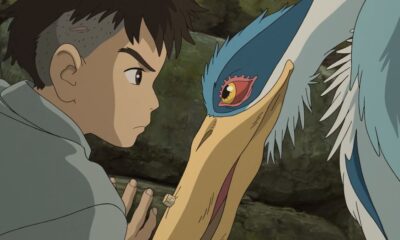

 BIPOC4 months ago
BIPOC4 months agoThe Boy and the Heron @TIFF 2023
-

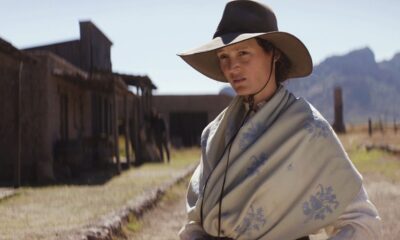

 TIFF 20238 months ago
TIFF 20238 months agoViggo Mortensen in The Dead Don’t Hurt @TIFF2023
-

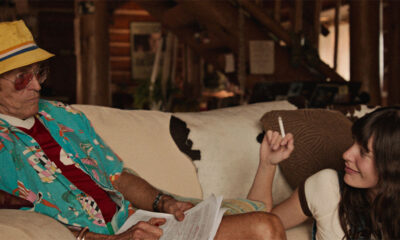

 Uncategorized8 months ago
Uncategorized8 months agoWillem Dafoe in Gonzo Girl @TIFF 2023
-

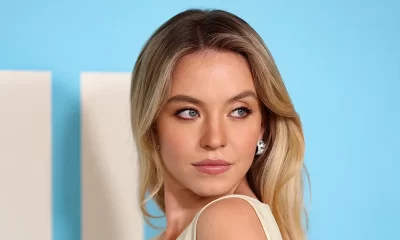

 ACTORS/ACTRESSES2 months ago
ACTORS/ACTRESSES2 months agoAn Exciting Conversation with Sydney Sweeney @SXSW 2024
-

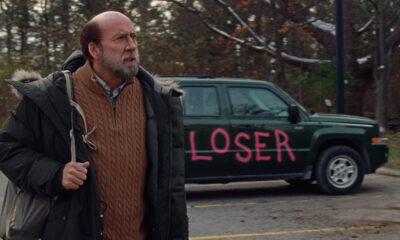

 TIFF 20238 months ago
TIFF 20238 months agoNicolas Cage in Dream Scenario @TIFF 2023
-

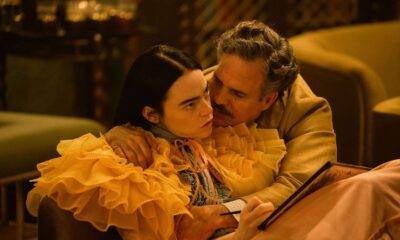

 ACTORS/ACTRESSES3 months ago
ACTORS/ACTRESSES3 months agoThe Exciting 96th Oscar Nominations Announced
-



 Uncategorized9 months ago
Uncategorized9 months agoSly to close TIFF2023
-

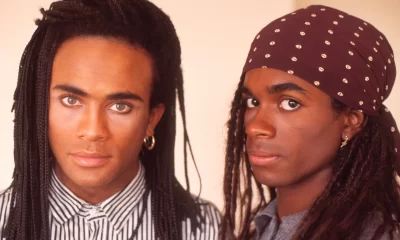

 TRIBECA 202311 months ago
TRIBECA 202311 months agoMilli Vanilli @ Tribeca Film Festival 2023
